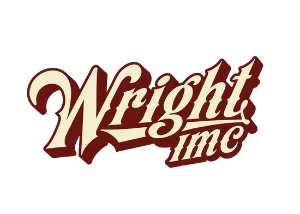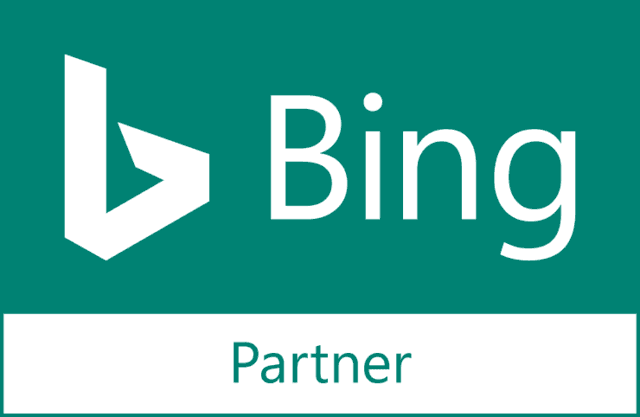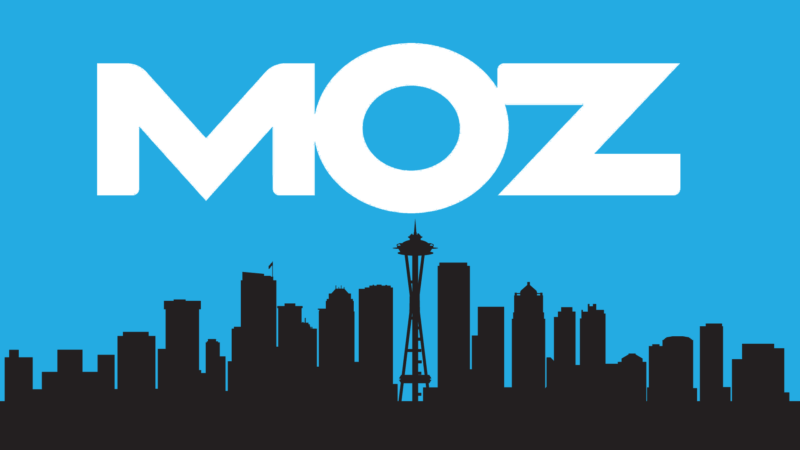I believe that dynamic call tracking is one of the best resources a company can have if the company supports leads over the phone. It can help solve many problems, including provide proper attribution, and it saves companies far more than the minimal monthly fees.
In full disclosure, I receive no rewards or benefits from, nor am I associated with, any call-tracking service. I manage paid advertising campaigns and am a believer in tracking done right.
I’m going to try to give a deeper explanation of how dynamic call tracking works. I’m even going to wade into the scary world of SEO. I believe anyone who is telling their clients that call tracking is going to hurt them, are in reality hurting their clients. Any SEO will tell you how much Google can hurt you if you run afoul of their algorithms. But, the fear mongering on this topic is a bit too myopic.
So, let’s talk about:
The wonderful benefits of dynamic call tracking
1. Attribution: Dynamic call tracking should track the keyword, source, and medium of each call. It should also track the date and time of the call. Most of them will track the geography and the number that called. The length of the call will be recorded (there is a caveat to this that I will point out further down the page). These are massively important points. How do I know which keywords drove success? And the corollary to that, how do you know how much credit (aka: What do you bid?!) to give a keyword? Ignoring tracking makes success a minefield of guesswork.
2. Call Recordings: Almost all of the services will record the phone call with an option to turn off the call recordings. All modern ones I have looked at will also have a polite message saying, “This call will be recorded and monitored for quality purposes…” – which can also be turned off. Call recordings can be a sensitive matter in a few lines of business. However, the benefits often outweigh any concerns. I have listened to countless calls. One business I found was using a call-recording service for their after-hours calls that wasn’t taking any messages. A third of their calls were coming after hours! What a disaster.
A voice answering machine would have been better than that. Often, I discover that the nice person at the front desk is using the wrong voice inflections while saying all the right words. Sometimes, a high percentage of the sales force is only working the leads they think are going to get them the best compensation. Those other leads cost you money, too. So, you’ve got to work every one possible. Somebody is going to get that business.
What do you need to be looking for in a call tracking service provider?
(I’ll get to the SEO part soon enough, keep reading)
1. Cookie Length:
When a user visits the website, they may not be ready to buy. If a user enters the site today and returns later in the day, they will see the same phone number and credit will be awarded to the keyword from the first visit. If the user returns in a week, though, and the cookie length is 24 hours, credit will not be rewarded to the original keyword. How many times do users need to stop and research or think about a service before they decide to act? The cookie length should be at least 2-4 weeks.
2. Clean Lines:
A basic “clean line” is a phone number that has not been called for 3-6 months. There are some services that mandate at least a year out of service, and their costs rise (somewhat) accordingly. There is at least one service I know that does not bother with clean lines, and it is exceedingly cheap. The problem with not knowing that you have a clean line is that the number may be still associated with a previous business or person. You may be getting calls got them. There may even be listings with that information for another business.
3. Analytics Integration:
Some services work with bidding platforms. This can be a solid addition, because these bidding platforms may be able to help a paid program work in Google AdWords as well as Bing Ads. If you’re using a bidding platform or are considering one, you need to find out which ones the call tracking provider supports.
4. Event Tracking:
If you’re only using Google Analytics to get your data, then you’ll want your dynamic call tracking to use event tracking for its goals, because event tracking allows your goals to track the length of the call. Most businesses know that a call that is less than 60-90 seconds (every business is different) is not a valuable call. This is the caveat on tracking the length of the call. The call recording may be tracked in the service, but it may be hard to utilize outside of the service (e.g. for bidding). Note that the length of the call may become a red herring if the same number is frequently used for billing calls which are often long.
How does dynamic call tracking work? The algorithm part
Every time a visitor arrives at a website, the call tracking service serves up the next number in a pool of numbers reserved for the particular website. Some use the GA script to collect their data about source, medium, and keyword, and some have other ways of extracting the data. The service then makes a logical deduction based on the last visit to the website, call time, etc. to algorithmically deduce which visitor drove the call. It’s not flawless, but mostly it is right. And, it is definitely better than flying blind.
How does dynamic call tracking work? What SEOs need to know
The user perspective:
The business phone number should be “hard coded” onto the website, no image-based phone numbers of course (call tracking services don’t work with images, anyway). A snippet of JavaScript will be placed on the page. When a user visits the page, the JavaScript fires, reaches out to the call-tracking service provider database (note that the tracking number is not stored on the website itself), the database releases the appropriate number, and the JavaScript writes over the “hard coded” number. The user may even see the number change. When the user calls, the phone number forwards to the business number.
The bot perspective:
The bot reads the “hard coded” number. Then the bot sees the script. Nowadays, the Google bot can read a script, and Matt Cutts says they can see what it loads. However, the two items are distinct to the bot, and it is clear which is first. This is clear because call tracking numbers via JavaScript are not shown in Google’s searchable index. Call Tracking is so ubiquitous that getting this right has been a clear priority for Google.
Now then, I wouldn’t at all recommend adding a static call tracking number, unless you plan to use that number for the long-haul. This is an area that will create massive problems.
Some SEOs are still uncomfortable with all this. They’ve argued that it is cloaking. The SEOs that are concerned are suggesting only adding call tracking to the PPC landing pages. But, this is not a solution at all if you’re using call tracking for attribution. Why? Many users navigate away from landing pages to the rest of the website. One of our clients had 75% of their PPC visitors looking into the rest of the website and calling from those pages. That was frustrating until call tracking was changed. Our PPC results suddenly went from terrible to terrific in a simple attribution fix.
So, you need dynamic call tracking, but you’re afraid of the Big Bad Google saying that you are cloaking. What are you going to do? Watch this Matt Cutts video from 55:42 to 56:40:
(Spoiler alert, Matt Cutts said it’s not cloaking.)
What have you seen with call tracking? If you’re an SEO and call tracking has hurt your client’s marketing efforts, do you have examples?






